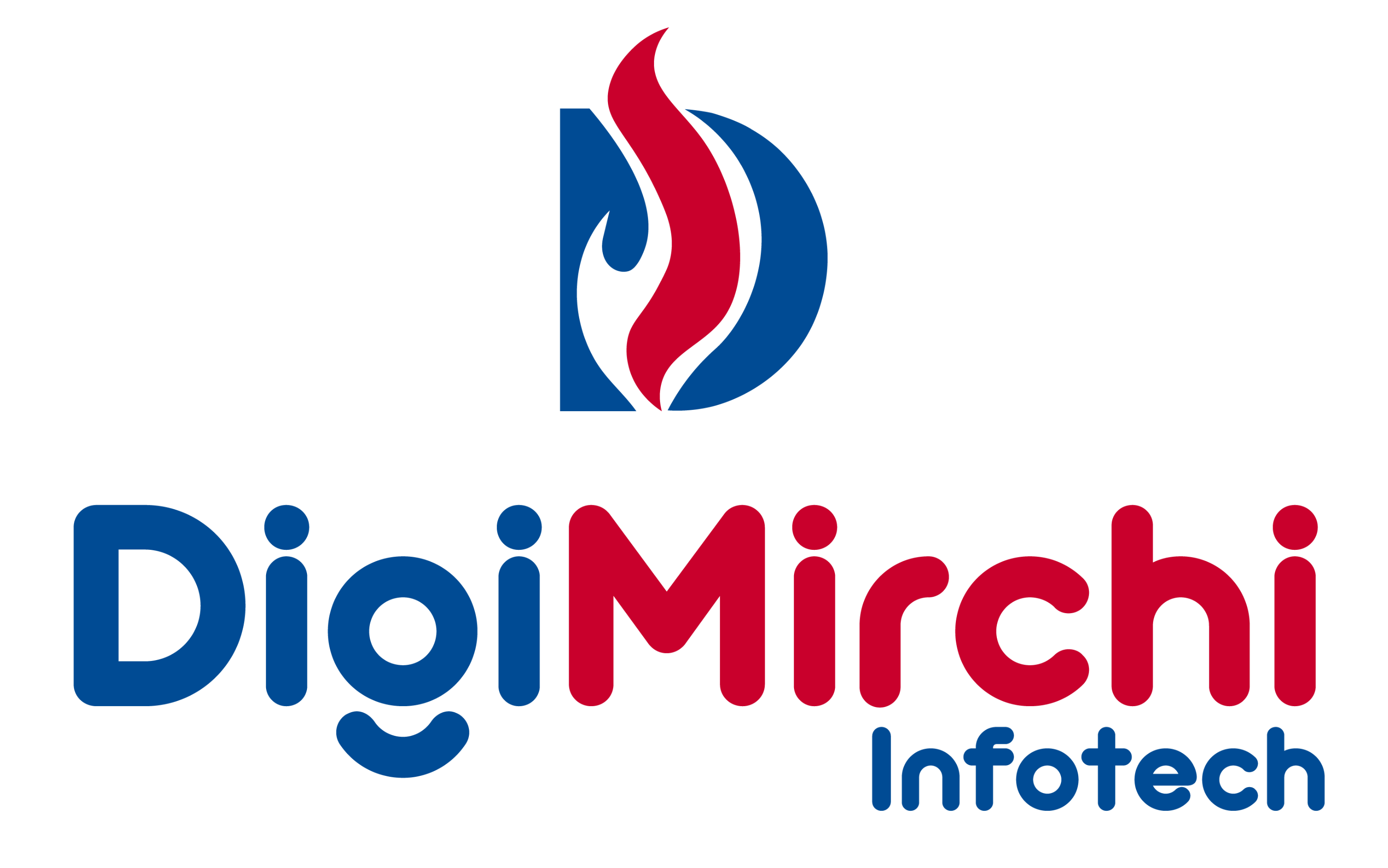The Critical Importance of Cloud Security
As organizations accelerate cloud adoption, security remains the top concern for executives and IT leaders. Cloud environments introduce new attack surfaces and security challenges that traditional perimeter-based defenses cannot address. In 2025, successful cloud security requires a comprehensive, layered approach that protects data, applications, and infrastructure while enabling business agility and innovation.
The shared responsibility model defines cloud security boundaries: cloud providers secure the infrastructure, while customers protect their data, applications, and access controls. Understanding and implementing your security responsibilities is critical. Even minor misconfigurations can lead to data breaches, compliance violations, and significant business impact.
Implementing Zero Trust Architecture
Zero Trust security eliminates implicit trust assumptions, requiring verification for every access request regardless of origin. Implement strong identity and access management (IAM) as the foundation of Zero Trust. Use multi-factor authentication (MFA) universally, enforce least privilege access, and implement role-based access controls (RBAC) that grant minimum necessary permissions.
Deploy microsegmentation to isolate workloads and limit lateral movement during security incidents. Network segmentation creates security boundaries between applications, data tiers, and environments. Combined with strong access controls, microsegmentation significantly reduces blast radius if attackers breach perimeter defenses.
Data Protection and Encryption
Protect data at every stage: at rest, in transit, and in use. Implement encryption using strong algorithms and proper key management. Use cloud provider key management services (KMS) or bring-your-own-key (BYOK) solutions for sensitive data. Ensure encryption keys are properly rotated, securely stored, and access-controlled independently from encrypted data.
Classify data based on sensitivity and apply appropriate protection controls. Public data requires different security measures than confidential customer information or regulated financial data. Implement data loss prevention (DLP) tools to monitor and prevent unauthorized data exfiltration. Regular data discovery and classification audits ensure protection policies remain effective as data landscapes evolve.
Continuous Security Monitoring
Deploy comprehensive logging and monitoring across all cloud resources. Collect and analyze logs from applications, infrastructure, networks, and security tools. Use Security Information and Event Management (SIEM) solutions to correlate events, detect anomalies, and identify potential security incidents in real-time.
Implement automated threat detection using AI and machine learning. Modern cloud security tools can identify unusual patterns, detect known attack signatures, and flag suspicious activities requiring investigation. Automated detection combined with rapid response procedures minimizes dwell time and limits damage from security incidents.
Vulnerability and Patch Management
Maintain a comprehensive inventory of all cloud resources and applications. Automated asset discovery tools ensure you know what you're protecting and can identify shadow IT or unauthorized resources. Regular vulnerability scanning identifies security weaknesses before attackers exploit them.
Implement rigorous patch management processes that balance security with system stability. Test patches in non-production environments before deployment. Use automated patching for non-critical systems while maintaining control over business-critical applications. Prioritize patches based on vulnerability severity, exploitability, and business impact.
Security Configuration Management
Misconfigurations are a leading cause of cloud security breaches. Implement infrastructure-as-code (IaC) to define and deploy secure configurations consistently. Use cloud security posture management (CSPM) tools to continuously assess configurations against security best practices and compliance requirements.
Enforce security baselines and standards across all cloud environments. Define approved service configurations, network architectures, and security controls. Automated compliance checking prevents configuration drift and ensures security policies are consistently applied. Regular security audits validate that deployed resources meet established standards.
Incident Response and Recovery
Develop comprehensive incident response plans specific to cloud environments. Define clear procedures for detection, containment, investigation, and recovery. Establish communication protocols and escalation paths. Regular tabletop exercises and simulations ensure teams can respond effectively when actual incidents occur.
Implement automated incident response capabilities where possible. Automate common response actions like isolating compromised resources, blocking malicious IPs, or revoking compromised credentials. Automation accelerates response times and reduces human error during high-pressure security events.
Compliance and Governance
Cloud environments must comply with industry regulations and data protection laws. Implement controls that address GDPR, HIPAA, PCI-DSS, or other relevant frameworks. Use cloud provider compliance tools and certifications as a foundation, but remember that compliance is a shared responsibility requiring customer action.
Establish strong governance frameworks that define security policies, standards, and procedures. Implement policy-as-code to enforce governance automatically. Regular compliance audits and assessments ensure ongoing adherence to regulatory requirements and internal security standards.
Security Culture and Training
Technology alone cannot secure cloud environments; people are critical. Invest in security awareness training for all employees. Developers need secure coding practices and cloud security knowledge. Operations teams require skills in security monitoring and incident response. Executive awareness ensures security receives appropriate priority and resources.
Foster a security-first culture where everyone understands their role in protecting organizational assets. Encourage reporting of security concerns without fear of blame. Regular training, security champions programs, and clear communication reinforce security as a shared responsibility across the organization.
Secure Your Cloud Environment
DigiMirchi Infotech provides comprehensive cloud security services, from architecture design to implementation and ongoing management. Our security experts help organizations build robust, compliant cloud environments that protect critical assets while enabling business innovation. Partner with us to implement cloud security best practices and achieve peace of mind in the cloud.






